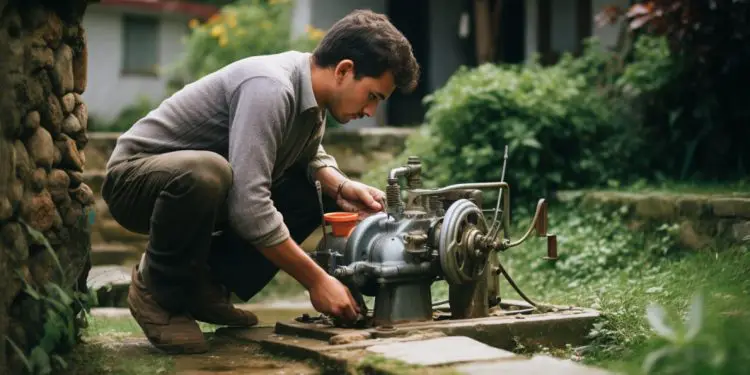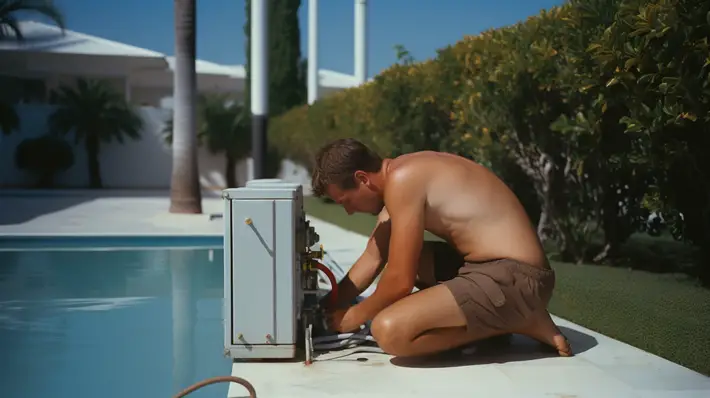How to Choose the Right Electric Water Pump for Your Needs

Installing an electric water pump provides consistent water pressure and flow without relying on municipal systems. But with different pump types, capacity ratings, and features to consider, picking the ideal one for your needs takes some research. Follow this guide when selecting an electric water pump for optimal performance and reliability.
Consider Your Application
First, determine how you intend to use the pump. Common applications include:
– Whole house supply – For residential plumbing, laundry, baths, etc. Requires high output.
– Irrigation systems – For watering landscapes and gardens. Focus on ample pressure.
– Transfer applications – Moving water between locations like tanks or ponds. Portability is key.
– Booster pumps – For increasing pressure from existing supply lines. Supplements municipal water.
– Emergency backup – Kicks in when regular pumps fail to prevent disruption. Emphasizes durability.
Your intended application will dictate the pumping capacity and features needed. Clarify requirements upfront to narrow options.
Evaluate Pump Capacity
Water pump capacity is measured in gallons per hour (GPH) or gallons per minute (GPM). Residential applications generally require 30-50 GPM units. But consider factors like:
– Number of water fixtures running simultaneously
– Peak demand times like mornings and evenings
– Sprinkler zones for irrigation systems
– Volume of rainwater collected for supply
Undersizing leads to weak pressure while oversized pumps waste electricity. Size your pump appropriately using water usage data.
A circulating pump is often used to maintain consistent temperatures, prevent stagnation, and improve efficiency in systems that involve heating or fluid transfer.
Assess Needed Features
Look for features that match reliability needs and installation environment:
– Dry run protection – Shuts off when inlet water is disrupted to prevent burnout.
– Thermal overload – Similarly stops operation if overheating is detected.
– Soft start – Minimizes initial amp surge at power on to avoid blown circuits.
– Corrosion resistance – For pumps immersed in brackish water or saline solutions.
– Check valve – Stops reverse flow to maintain optimal direction and pressure.
For easy installation, look for plug-in power cord versus hardwired pumps. Cage protection prevents debris buildup for low maintenance.
Research within budget but don’t sacrifice key durability and performance features. Investing in quality electric pump hardware reduces lifetime costs. With a clear sense of pumping requirements and operating conditions, finding the ideal power for your water supply becomes straightforward.
Water pump capacity is measured in gallons per hour (GPH) or more commonly, gallons per minute (GPM). The necessary GPM depends on factors like:
– Number of water fixtures running simultaneously – Dishwasher, shower, toilet, etc all add demand.
– Peak usage times – Mornings and evenings typically drive maximum water requirements.
– Zones for irrigation systems – Each sprinkler zone adds to the GPM needed.
– Volume of rainwater collected – More storage equals higher pump output to utilize.
– Commercial needs – Car washes, agriculture, wineries all have unique usage.
Crunch the numbers based on your peak usage data. Undersizing the pump leads to weak water pressure while oversizing wastes electricity.
Residential applications generally fall in the 30-50 GPM range, but precise sizing using water usage data ensures optimal operation. Don’t guess – do the calculations.










